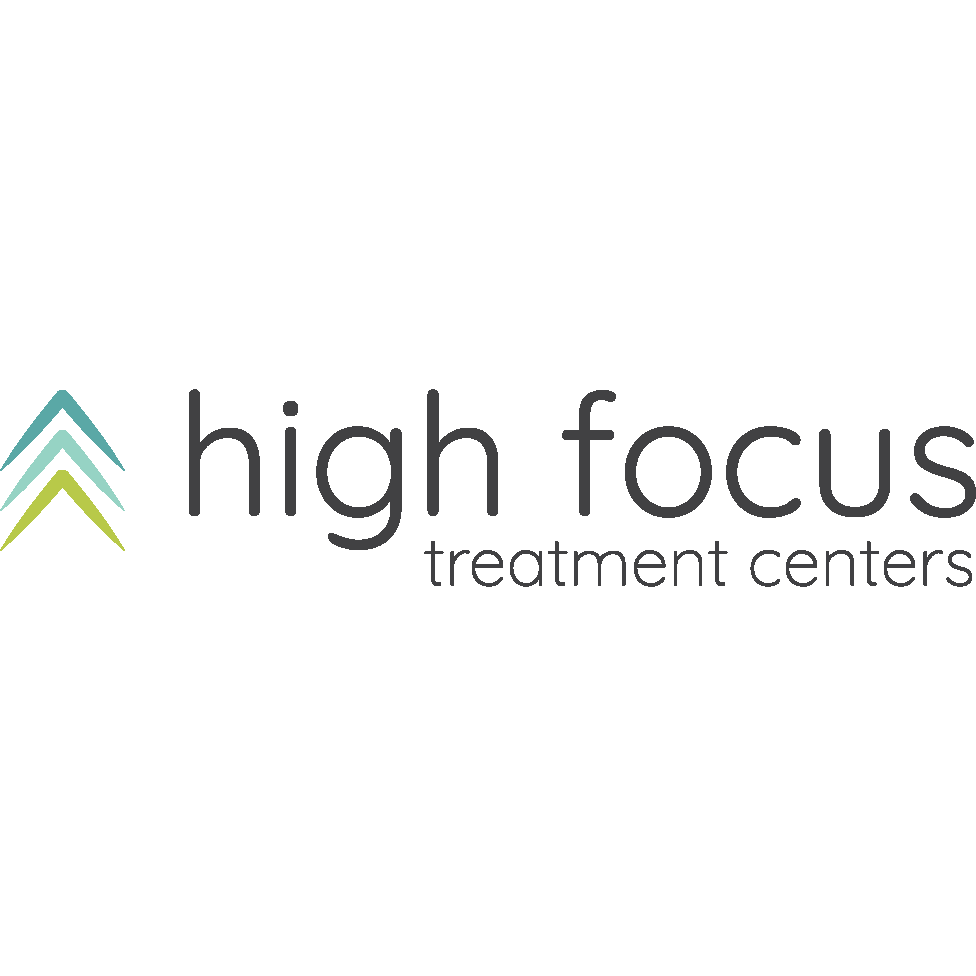
Our body does things every day that we have little to no awareness of — like breathing, the rate at which our hearts beat and the level of tension within our muscles. We go throughout our day letting our body do its thing without much thought about it.
We begin to think that we have little control over these natural tendencies, but we actually have more control than we realize. With the right training, we can learn to control and maintain balanced breathing, reduce our own heart rate (in a good way) and even relax our muscles.
How? Via the innovative treatment techniques of biofeedback therapy.
What is biofeedback therapy?
Biofeedback therapy is a therapy that teaches you how to improve your physical and mental health by controlling your body. Normally, certain automatic bodily functions happen without conscious thought, such as heart rate, blood pressure and digestion. Biofeedback therapy increases awareness of these functions, so you can learn to control them as a method for dealing with stress or physical ailments.
In a biofeedback session, sensors attached to the body measure bodily processes and display the results on a monitor. This helps you to better understand how your body works and responds naturally to the world around it. With help from a biofeedback therapist, you can then learn to consciously adjust your heart rate, blood pressure level and muscle tension.
One major advantage of biofeedback therapy is that it doesn’t involve medications, so any of the potential side effects of taking medications are avoided. This makes biofeedback therapy especially suitable for anyone who wants to avoid drugs, such as those recovering from substance abuse, pregnant or breastfeeding women and those with allergies to medications. Also, patients who value a high level of self‐control are likely to value and benefit from biofeedback.
Biofeedback sessions
During a biofeedback session, the therapist attaches electrodes to your skin, or hand sensors may be used that send information to the monitoring equipment. The therapist examines the measurements on the monitor and identifies different mental activities and relaxation techniques that can aid in regulating your bodily processes.
With practice, you can begin to learn how to control these processes. First, by becoming aware of them, you will know what it feels like when your muscles tense or when your breathing shortens or speeds up. Then, you will learn what to do when this occurs, like what breathing exercises to begin to slow the breath, or what techniques to use to relax your muscles.
Biofeedback therapy sessions usually last an hour or less. For some conditions, clients experience relief within 8 to 10 sessions. For other conditions, such as high blood pressure, it may take an average of 20 sessions for improvements to appear.
How biofeedback works
People who have conditions brought on or made worse by stress seem to benefit the most from biofeedback therapy. For example, when the body is under constant stress, bodily functions like blood pressure rise.
When a person is guided by a biofeedback therapist, they learn how to lower blood pressure through relaxation techniques and mental exercises. When successful, the client sees the results on the monitor, which encourages their efforts. They can then take the tools they learn in therapy and apply them to their everyday life.
Who benefits from biofeedback therapy?
Biofeedback is known to be effective in treating a number of mental health conditions, including:
- Attention deficit disorder (ADD) and attention deficit hyperactivity disorder (ADHD)
- Alcohol use disorder
- Substance abuse
- Drug addiction
- Anxiety
- Chronic pain
- Headaches
- Migraines
- Hypertension
- Insomnia
- Traumatic brain injury
If you suffer from any of these conditions, biofeedback therapy could be an option for you.
Biofeedback safety
There are a number of benefits to biofeedback therapy, but one that appeals to clients, in particular, is its level of safety. Because no medications are used, those who cannot use medication or who have had challenges with substance abuse or drug addiction in the past can rely on biofeedback therapy to benefit them without any side effects.
Is biofeedback therapy for me?
If you struggle with a mental health condition that alternative treatment methods have not improved, desire to limit medications in your treatment plan or want to learn better self-control as a means of improving your mental health, biofeedback therapy could be an option for you.
To speak with a counselor about biofeedback therapy, contact The Light Program today. Call our offices at 610-644-6464 anytime to learn more.






